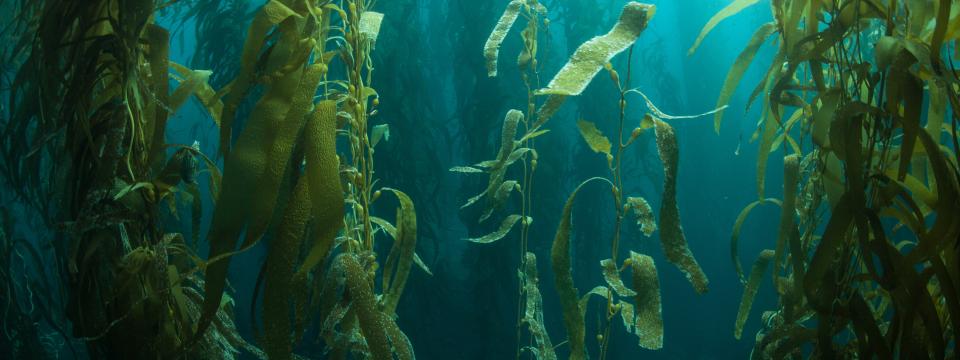Part of the development of this consortium involves defining concepts used in members’ research. This is to provide researchers a map of the range of meanings used throughout interdisciplinary teams often working on similar topics with different methods.
This catalog, or Conceptual Inventory, is a work-in-progress and we encourage multiple definitions of the same term, as well as additions. CASP members can submit a concept or a term that you would like the project leadership to consider defining and adding to the inventory. If there is a definition that you disagree with, please submit an alternative using either of the forms above.
An example of a concept entry in the inventory:
Function (Biological Role)
The manner in which an item or activity contributes to a complex activity or capacity of a biological system. (Note: a “complex activity” is the result of the way the parts and activities of a system are organized.) Compare to “Function (Activity).”
References:
Wouters, A.G. (2003). “Four notions of biological function.” Studies in History and Philosophy of Biological and Biomedical Sciences 34:633–668.
Allied Concepts:
Function (Activity), Function (Biological Advantage), Function (Evolutionary), Teleology,
Topical Filter:
Function and Teleology
Fitness (Absolute)
The expected number of individual offspring in the next generation of a population.
Orr, H.A. (2010). “Fitness and its role in evolutionary genetics.” Nature Reviews Genetics 10:531–539.
Causation in Development and Evolution
Fitness (Relative)
The expected number of individual offspring in the next generation of a population relative to an environment and other individuals in a population.
Orr, H.A. (2010). “Fitness and its role in evolutionary genetics.” Nature Reviews Genetics 10:531–539.
Causation in Development and Evolution
Function (Activity)
What an entity (e.g., a chemical substance, organ or character) is capable of doing: in particular, observable and measurable activities or behaviors. Compare to “Function (Biological Role).”
Wouters, A.G. (2003). “Four notions of biological function.” Studies in History and Philosophy of Biological and Biomedical Sciences 34:633–668.
Function and Teleology
Function (Biological Advantage)
The advantage conferred upon a biological system by the presence of an item or activity. Compare to “Function (Evolutionary).”
Wouters, A.G. (2003). “Four notions of biological function.” Studies in History and Philosophy of Biological and Biomedical Sciences 34:633–668.
Function (Biological Role)
The manner in which an item or activity contributes to a complex activity or capacity of a biological system.
Wouters, A.G. (2003). “Four notions of biological function.” Studies in History and Philosophy of Biological and Biomedical Sciences 34:633–668.
Function (Activity), Function (Biological Advantage), Function (Evolutionary), Teleology
Function and Teleology
Function (Evolutionary)
The effects for which a trait was selected in the past that explain its current presence in a population. Compare to “Function (Biological Advantage).”
Wouters, A.G. (2003). “Four notions of biological function.” Studies in History and Philosophy of Biological and Biomedical Sciences 34:633–668.
Gaia Hypothesis
The idea that conditions at the Earth’s surface are maintained in a habitable state by self-regulating feedback mechanisms involving life and elements of its abiotic environment.
Lenton, T. et al. (2020). “Selection for Gaia at multiple scales.” Trends in Ecology & Evolution 33:633–645.
Ecology and Earth System Science
Gene’s-Eye View of Evolution
A heuristic approach to evolutionary problems based on the suggestion that evolution can be described as a competition between alternative genetic replicators, which behave as if they are seeking t
Ågren, A. (2021). The Gene’s-Eye View of Evolution. Oxford: Oxford University Press.

